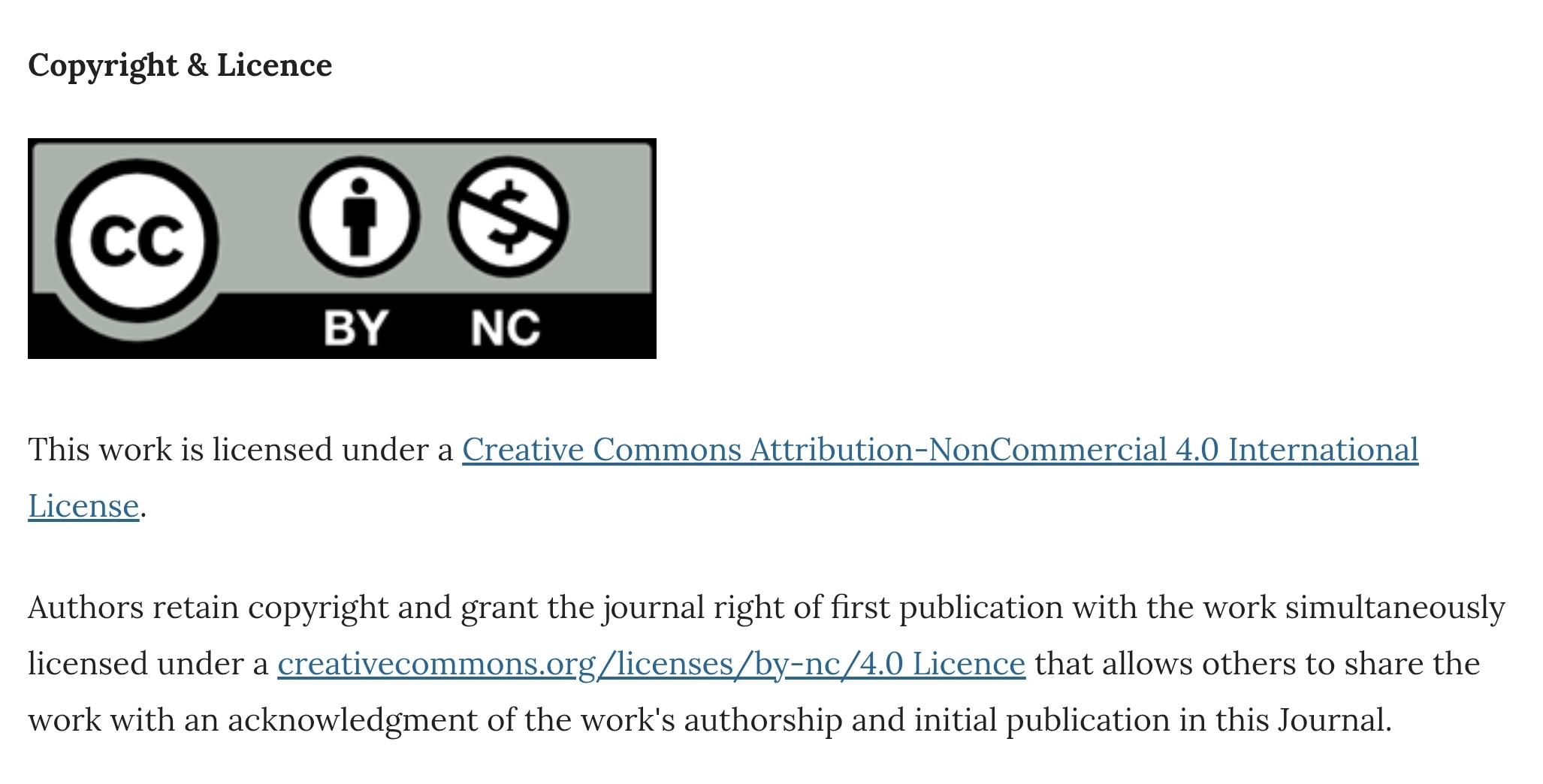Prevalence of postpartum depression among mothers attending immunization clinic in a primary health centre: A cross-sectional study
DOI:
https://doi.org/10.30834/KJP.37.1.2024.432Keywords:
Postpartum, primary care, depression, EPDSAbstract
Background: Postpartum depression (PPD) is one of the common psychopathologies that can have devastating effects on the mother, child, and family. Studies of PPD in primary care settings are sparse. The objectives of this study were to estimate the prevalence of PPD among mothers attending immunization clinics in a primary healthcare setting and to assess the association between PPD and various clinical and socio-demographic variables. Methods: A cross-sectional study of 223 postnatal mothers aged 18-40 years was conducted at the Immunization Clinic of an Integrated Family Health Center in Kerala. Sociodemographic and clinical data was collected using a semi-structured, interviewer-administered questionnaire. The presence of PPD was assessed by using the Malayalam version of the Edinburgh Postnatal Depression Rating Scale (EPDS). The association of PPD with various socio-demographic and clinical variables was evaluated. Analysis was done using SPSS version 24. Variables associated with PPD at the univariate level were further included in a multivariate regression analysis to identify the risk factors for PPD. Results: The prevalence of PPD was found to be 13.9%. The younger age of the mother, poor social support, nuclear type of family, delivery by Cesarean section (CS), and early postpartum duration had a strong association with and were independent predictors of PPD. The sex of the baby had no association with PPD. Conclusion: PPD was found in a significant number of mothers. Considering the high prevalence in community settings, PPD should be viewed as a disorder of public health significance, and routine screening of PPD is needed for early intervention.
Downloads
References
Shitu S, Geda B, Dheresa M. Postpartum depression and associated factors among mothers who gave birth in the last twelve months in Ankesha district, Awi zone, Northwest Ethiopia. BMC Pregnancy and Childbirth 2019;19:435. Available from: https://doi.org/10.1186/s12884-019-2594-y.
Stewart DE, Robertson E, Dennis CL, Grace SL, Wallington T. Postpartum depression: Literature review of risk factors and interventions. Toronto: University Health Network Women’s Health Program for Toronto Public Health. 2003. pp. 1-289.
American Psychiatric Association. Diagnostic and statistical manual of mental disorders, Fifth ed. DSM-5. Arlington, VA: American Psychiatric Association; 2013.
Robbins CL, Ko JY, D'Angelo DV, von Essen BS, Bish CL, Kroelinger CD, et al. Timing of postpartum depressive symptoms. Prev Chronic Dis 2023;20:230107. Available from: doi: 10.5888/pcd20.230107.
Stone SD, Menken AE, editors. Perinatal and postpartum mood disorders: Perspectives and treatment guide for the health care practitioner. New York: Springer Publishing Company; 2008.
Geddes JR, Andreasen NC, Goodwin GM. New Oxford textbook of psychiatry. 3rd ed. Oxford, USA: Oxford University Press; 2020.
Hodo DW. Kaplan and Sadock’s comprehensive textbook of psychiatry, eighth edition. Am J Psychiatry 2006;163:1458.
Beck CT. The effects of postpartum depression on child development: a meta-analysis. Arch Psychiatr Nurs 1998;12:12-20.
Lindahl V, Pearson JL, Colpe L. Prevalence of suicidality during pregnancy and the postpartum. Arch Womens Ment Health. 2005;8:77-87.
American College of Obstetricians and Gynecologists. ACOG Committee Opinion No. 757: Screening for perinatal depression. Obstet Gynecol 2018;132:e208-12. Available from: doi: 10.1097/AOG.0000000000002927.
Santhosh K, Vinaychandran S, Narayan KTPD, Mini CH. Postpartum depression and its association with social support: a cross-sectional study at a maternity hospital in Kerala. Kerala Journal of Psychiatry. 2020;33:114-20.
Shivalli S, Gururaj N. Postnatal depression among rural women in South India: do socio-demographic, obstetric and pregnancy outcome have a role to play? PLoS One 2015;10:e0122079. Available from: doi: 10.1371/journal.pone.0122079. eCollection 2015.
Shenoy HT, Remash K, Shenoy ST. Prevalence and determinants of postnatal depression in a tertiary care teaching institute in Kerala, India. Int J Reprod Contracept Obstet Gynecol 2019;8:3757-65.
Mishra K, Mohapatra I, Rout RN. An epidemiological study on depression among women during postpartum period in an urban slum of Bhubaneswar. J Family Med Prim Care 2020;9:4736-40.
Upadhyay RP, Chowdhury R, Salehi A, Sarkar K, Singh SK, Sinha B, et al. Postpartum depression in India: a systematic review and meta-analysis. Bull World Health Organ 2017;95:706-17C.
Shrestha N, Hazrah P, Sagar R. Incidence and prevalence of postpartum depression in a rural community of India. Journal of Chitwan Medical College 2015;5:11-9.
Cox JL, Holden JM, Sagovsky R. Detection of postnatal depression: development of the 10-item Edinburgh Postnatal Depression Scale. Br J Psychiatry 1987;150:782-6.
Levis B, Negeri Z, Sun Y, Benedetti A, Thombs BD. Accuracy of the Edinburgh Postnatal Depression Scale (EPDS) for screening to detect major depression among pregnant and postpartum women: systematic review and meta-analysis of individual participant data. BMJ 2020;371:m4022. Available from: doi: 10.1136/bmj.m4022.
Gaillard A, Le Strat Y, Mandelbrot L, Keita H, Dubertret C. Predictors of postpartum depression: prospective study of 264 women followed during pregnancy and postpartum. Psychiatry Res 2014;215:341-6.
Halbreich U, Karkun S. Cross-cultural and social diversity of prevalence of postpartum depression and depressive symptoms. J Aff Disord 2006;91:97-111.
Alshikh Ahmad H, Alkhatib A, Luo J. Prevalence and risk factors of postpartum depression in the Middle East: a systematic review and meta-analysis. BMC Pregnancy Childbirth 2021;21:542. Available from: doi: 10.1186/s12884-021-04016-9.
Modi VP, Parikh MN, Valipay SK. A study on prevalence of postpartum depression and correlation with risk factors. Annals of Indian Psychiatry 2018;2:27. Available from: DOI: 10.4103/aip.aip_48_17.
Literacy in India [Internet]. [place unknown]: Population Census; 2022 [cited 2024 Sep 5]. Available from: https://www.census2011.co.in/literacy.php.
Downloads
Published
How to Cite
Issue
Section
License
Copyright (c) 2024 Neethu Varma P, Mili Babu, Sivasubramoney Krishnan (Author)

This work is licensed under a Creative Commons Attribution-NonCommercial 4.0 International License.












